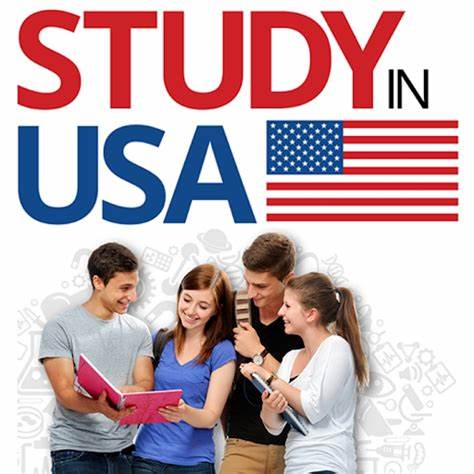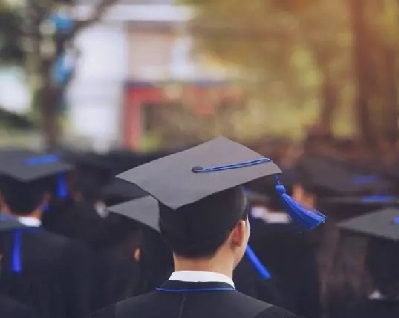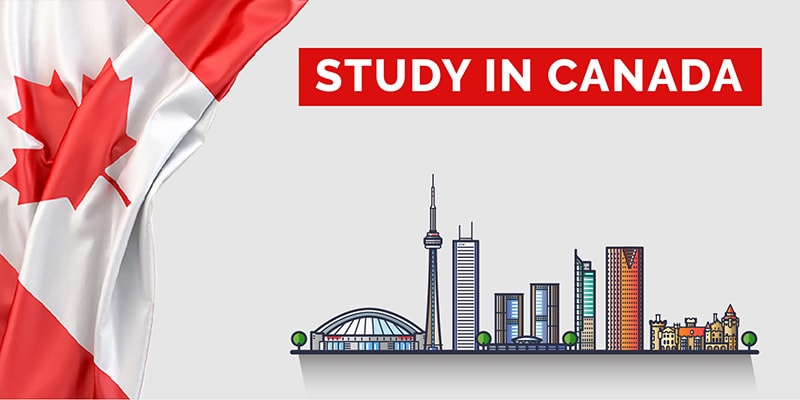452, Tulsi Arcade, Mota Varachha, Surat
The country that needs no introduction and easily on the top of the list of all International students dream destination to receive excellence in education. Regardless of the program, students can rest assured that they will be rewarded with endless opportunities while in the capacity of cutting-edge infrastructure of resources and facilities that an education in the US guarantees.


Students in the US are required to stay in school from the age of 6-16 by law, parents can choose to send their children to Public, Private or Federal Schools based on their preference.

Mandatory Elementary education for children starts at age 6 and goes on till 11-12 years.
Secondary education is divided into two levels:
When it comes to the options for higher education in the US, there is a wide range for students to choose from based on their requirements and aspirations.
You will get the opportunity to get mentored by professional and qualified supervisors who will give you exposure to hands-on experience.


Here is a brief review of the prevalent study options offered in the US across different levels in American Dollars:
| QUALIFICATION | DESCRIPTION | DURATION | AVERAGE ANNUAL FEES |
|---|---|---|---|
| Certificates Diploma | Provided by institutions offering technical job-oriented programs to students and preparing them with the required skill sets for their aspiring field of industry. | 6 months- 2 years | $10,000-$25,000 |
| Associate degree | Equivalent to first two years of a 4-year bachelor’s degree, offered by Community college. | 2 years | $15,000-$28,000 |
| Bachelor’s Degree | Undergraduate programs focusing on academic knowledge in a variety of courses across various disciples, armed with an independent and analytical approach. | 3-4 years | $10,000-$60,000 |
| Post Graduate Diploma | Vocational in nature, this qualification aims to develop practical skills of students in a speedy manner. Students can apply after completing their bachelors’ degree preferable in a similar field. It can sometimes be equivalent to a masters’ qualification. | 1-2 years | $15,000-$35,000 |
| Master’s Degree | Postgraduate programs provide a broader view of the subject area and available for coursework as well as research merit. It requires relevant bachelor’s degree from a similar field. | 1-2 years | $15,000-$45,000 MBA: $30,000-$80,000 |
| Doctoral Degree Higher doctoral degree |
PhD is a premier research award which require a masters’ degree and a pre-approved research proposal by a panel of faculty
members for admission. It is awarded when students complete dissertation and successfully defend their work before a panel of faculty members. |
4-7 years | $25,000-$60,000 |

Many institutions offer variety of financial assistance for International students in the form of
There are even special athletic scholarships offered to International student-athletes such as NCAA, NAIA and NJCAA.
There are usually some eligibility criteria to be met to avail such assistance, so it is highly recommended to check with universities and get a clear understanding of the aids that are applicable to you. With many students applying for monetary support, International students should commence this process a year prior to the intake session
Like most other countries, there are 3 main intakes for US admissions;
Depending on the semester you plan to attend, International Students are advised to keep a vigilant check on deadlines and submissions;
International students holding F-1 Student Visa are permitted to work on campus 20 hours a week for the duration of their course and full-time during vacation breaks.
Curricular Practical Training: Certain courses are inclusive of a practical training component as part of the curriculum and is a requirement for credit whilst also providing hands-on experience to students in their field of study.
OPT: International Students with F-1 visa are also eligible to take up 1 year of Optional Practical Training after completing one academic year of their degree, in a field related to their course.
STEM OPT: students who complete a degree STEM courses (Science, Technology, Engineering, Mathematics) are allowed OPT for a period of 2 years.
Designated Degree Program List may be entitled to a 24-month extension of OPT (36 months total).


To begin with International Students planning to apply for their US Student visa must have a clear understanding of the visa they should be applying for;
In order to apply for any of the above-mentioned visas, you will require some basic documents such as;
All applying students are required to schedule and their personal interview at the embassy for approval of their Student visa.


Our expert faculty at OEC will guide and assist you every step of the way offering you the best chance of
success to study at your dream university in Germany.
All you need to do is;